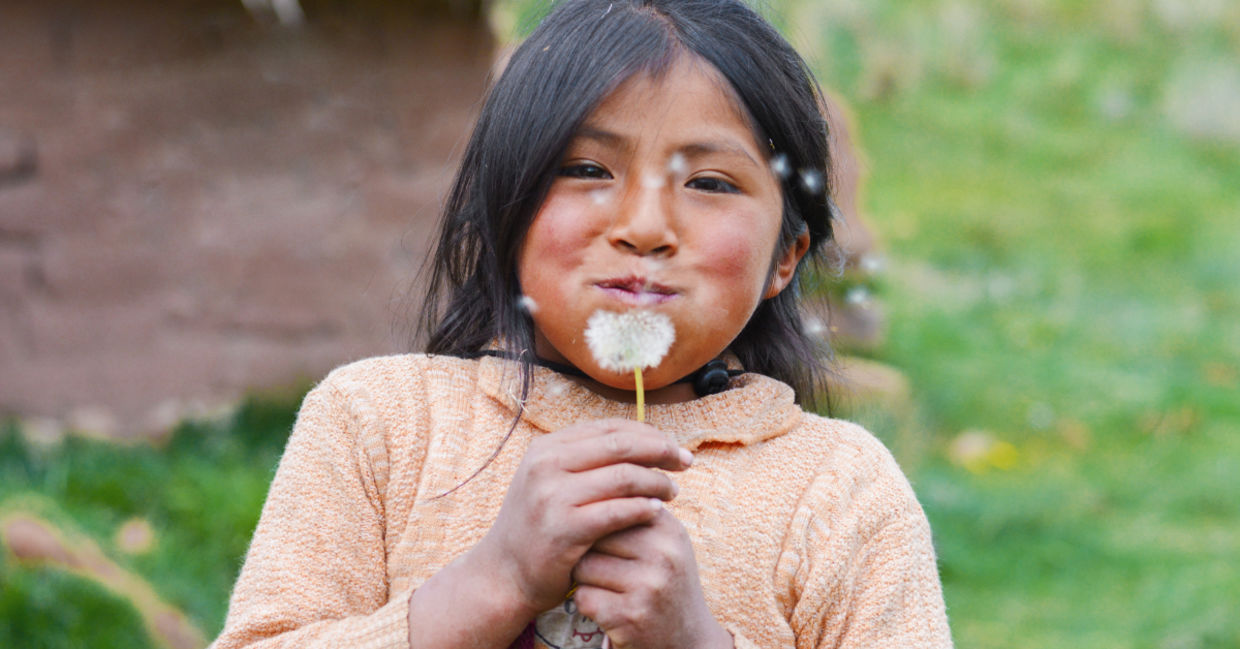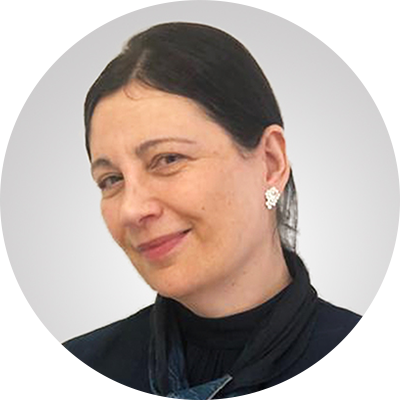
(Ruslana Iurchenko / Shutterstock.com)
The US is gradually increasing First Nation visibility on its roads through multilingual road signs. This is happening as more people from Native groups join a growing push to feature Indigenous translations on road signs local to them, as AP reports.
Sage Brook Carbone’s personal road map
AP spotlights Sage Brook Carbone, a citizen of the Northern Narragansett Indian Tribe of Rhode Island, who is also of Italian heritage. She experienced a lightbulb moment at a powwow celebration at the Mashantucket Western Pequot reservation in Connecticut a few years ago, when signs in the Pequot language caught her eye. Why not see if she could ask civic officials in Cambridge, Massachusetts, where she’s lived for most of her life, to add Native American translations to city street signs too, she thought. She felt motivated too because while the city included multiple names and places acknowledging her Italian heritage, very few historical markers paid tribute to her American Indian one, as GGBH News explains.
Carbone’s plan has now been approved by local residents, and will launch with about 80 signs in the language of the Massachusett Tribe, one that British settlers encountered when they arrived in America.
As The Harvard Crimson details, this project, part of the city’s African American and Indigenous Peoples Historical Reckoning Project, will be enhanced by a supporting website giving locals and passersby access to audio of road sign pronunciations and cultural context about the history of the Massachusett people in Cambridge. This is a city that the Native people who once lived in the region called “Anmoughcawgen”, as GGBH News reports. While Indigenous translations are commonly found in reservations, this represents a milestone as, says Carbone to The Harvard Crimson, “This is the first time that — in any of our research — I found that the signs are being put on municipal city land.”
Carborne was one of several people in an assembled advisory group of locals and experts who volunteered to choose the language, context and locations of the signage.
A movement with some fits and starts along the way
Carbone sees these bilingual road signs as a great chance to include Native language with the basic terms that all locals are familiar with in the city. But more broadly, this is part of a movement highlighting Native American communities and their sovereignty, that takes in an attempt to revive their languages. It also facilitates debates on hot topics like discrimination and Indigenous representation in political processes.
The efforts to incorporate Indigenous culture into everyday life in this way have not always enjoyed a smooth ride, however. Carborne has been critical of the extended wait time needed for the approved project to be realized, and that Indigenous Peoples’ Day which happens in October each year, isn’t consistently celebrated.
As AP details, there has been some pushback from people living in some areas globally in which multilingual road signs honoring indigenous culture languages have been implemented. In New Zealand, for instance, a new government has undermined plans by transportation officials to introduce 94 dual language road signs featuring the indigenous Maori language to help revitalize it. Thousands of local government supporters, already irked by the growing use of Maori words by government agencies, wrote in to oppose these road sign plans claiming that they could confuse drivers.
In Cambridge, Carborne sees this road signs project, which, she excitedly points out, will add Indigenous words to everyday commutes, to be just the start of several reforms reconnecting the area with its First Nation roots. She also hopes that this initiative will reverse what she sees as a lack of city-wide programming recognizing Indigenous residents of her city.
YOU MIGHT ALSO LIKE:
Meet the British Artisan Building Inclusion Into Her Pottery
Ainu Traditional Cooking: The Nexus of Food and Culture
Redonda: Setting for an Amazing Transformation in the Caribbean







